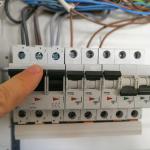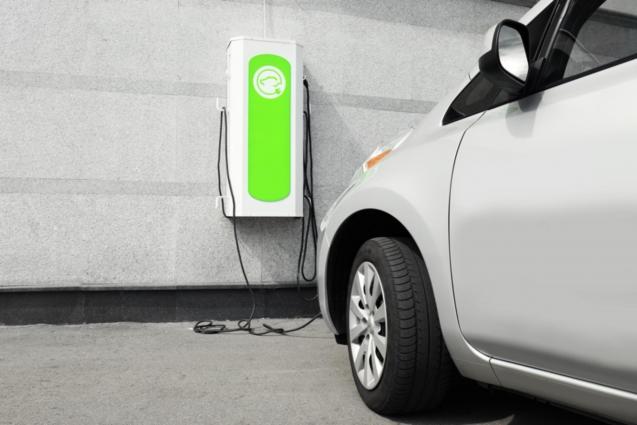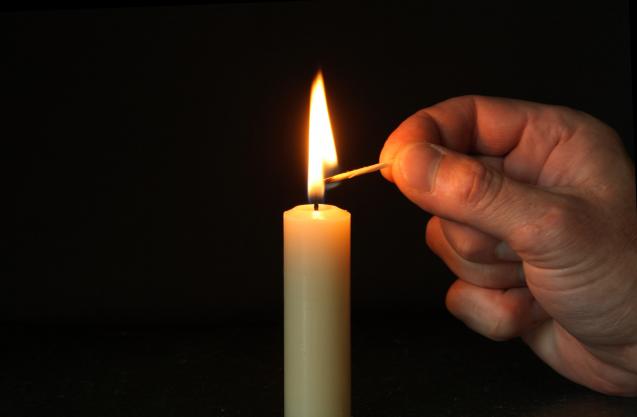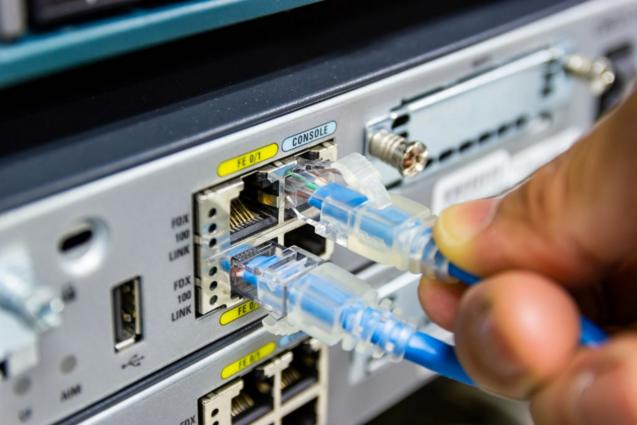
What Are Safety Switches?
By Captain Cook Electrical|January 10, 2022
Have you ever gotten zapped by electricity? It hurts, doesn’t it?
Imagine how awful it would feel to get fully electrocuted. Though not common occurrences, incidents like dropping a curling iron into a tub of water or cutting through a live electrical wire can seriously injure or even kill you.
Safety switches help reduce your chances of electrocution in your home to almost zero. But they must be installed and working properly to be of any use. Read on to find out more about safety switches and how to ensure that your family is protected from electrical tragedy.
Safety Switches Defined
You may already be aware of circuit breakers and fuses. Sometimes people confuse safety switches with these other devices or even use the terms interchangeably.
All of these devices shut off the power in the event that something goes wrong. However, they are not the same thing and react to different stimuli.
As you may remember from high school science, electricity needs a complete circuit to move. If there is an interruption in the circuit, it ceases to flow immediately. Safety switches create an interruption in the circuit when circuit fluctuations are detected, thus stopping the flow of electricity.
A person unplugging a device with wet hands or touching a bare electrical wire will divert electricity through their body and into the ground. This creates an electrical fluctuation throughout the system. About 0.3 seconds after the fluctuation is discovered, the safety switch will shut off the power and save you from an awful occurrence.
What’s the Difference Between a Safety Switch and a Circuit Breaker?
You might think that having circuit breakers installed in your home is sufficient. However, a circuit breaker is designed for a different task. They detect power surges and their purpose is to prevent your electronics from being damaged or destroyed. They don’t directly protect humans — unless you‘re touching something you shouldn’t at the instant the power surge comes through.
Safety switches, as we just explained, are designed to protect you. The fluctuation caused by electricity being rerouted through your body is enough to trip the switch and save your life.
Ensure Your Home Is Safe
If your home is newer than 1991, there’s a good chance you already have safety switches installed. A law was presented in that year that new constructions must have safety switches installed.
What if you’re not sure? Call a licensed electrician to safely install your safety switch or check for an existing one.
The likelihood for the average person of being electrocuted is quite small. However, safety switches are easy and inexpensive to install. If any member of your family accidentally does electrocute themselves one day, you will be so glad you had the foresight to include these important devices.
This is definitely one of those cases where it is far better to be safe than sorry!
Imagine how awful it would feel to get fully electrocuted. Though not common occurrences, incidents like dropping a curling iron into a tub of water or cutting through a live electrical wire can seriously injure or even kill you.
Safety switches help reduce your chances of electrocution in your home to almost zero. But they must be installed and working properly to be of any use. Read on to find out more about safety switches and how to ensure that your family is protected from electrical tragedy.
Safety Switches Defined
You may already be aware of circuit breakers and fuses. Sometimes people confuse safety switches with these other devices or even use the terms interchangeably.
All of these devices shut off the power in the event that something goes wrong. However, they are not the same thing and react to different stimuli.
As you may remember from high school science, electricity needs a complete circuit to move. If there is an interruption in the circuit, it ceases to flow immediately. Safety switches create an interruption in the circuit when circuit fluctuations are detected, thus stopping the flow of electricity.
A person unplugging a device with wet hands or touching a bare electrical wire will divert electricity through their body and into the ground. This creates an electrical fluctuation throughout the system. About 0.3 seconds after the fluctuation is discovered, the safety switch will shut off the power and save you from an awful occurrence.
What’s the Difference Between a Safety Switch and a Circuit Breaker?
You might think that having circuit breakers installed in your home is sufficient. However, a circuit breaker is designed for a different task. They detect power surges and their purpose is to prevent your electronics from being damaged or destroyed. They don’t directly protect humans — unless you‘re touching something you shouldn’t at the instant the power surge comes through.
Safety switches, as we just explained, are designed to protect you. The fluctuation caused by electricity being rerouted through your body is enough to trip the switch and save your life.
Ensure Your Home Is Safe
If your home is newer than 1991, there’s a good chance you already have safety switches installed. A law was presented in that year that new constructions must have safety switches installed.
What if you’re not sure? Call a licensed electrician to safely install your safety switch or check for an existing one.
The likelihood for the average person of being electrocuted is quite small. However, safety switches are easy and inexpensive to install. If any member of your family accidentally does electrocute themselves one day, you will be so glad you had the foresight to include these important devices.
This is definitely one of those cases where it is far better to be safe than sorry!



